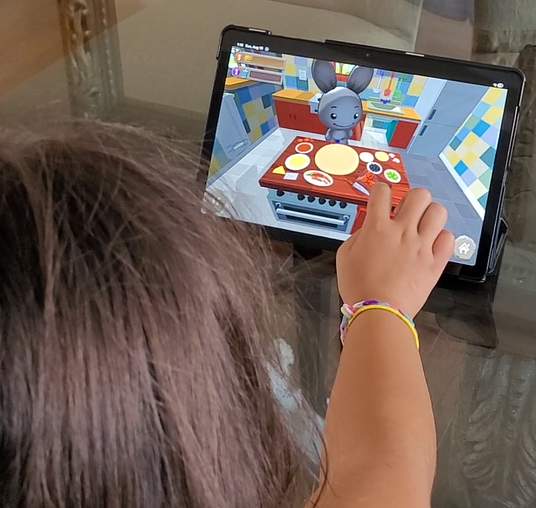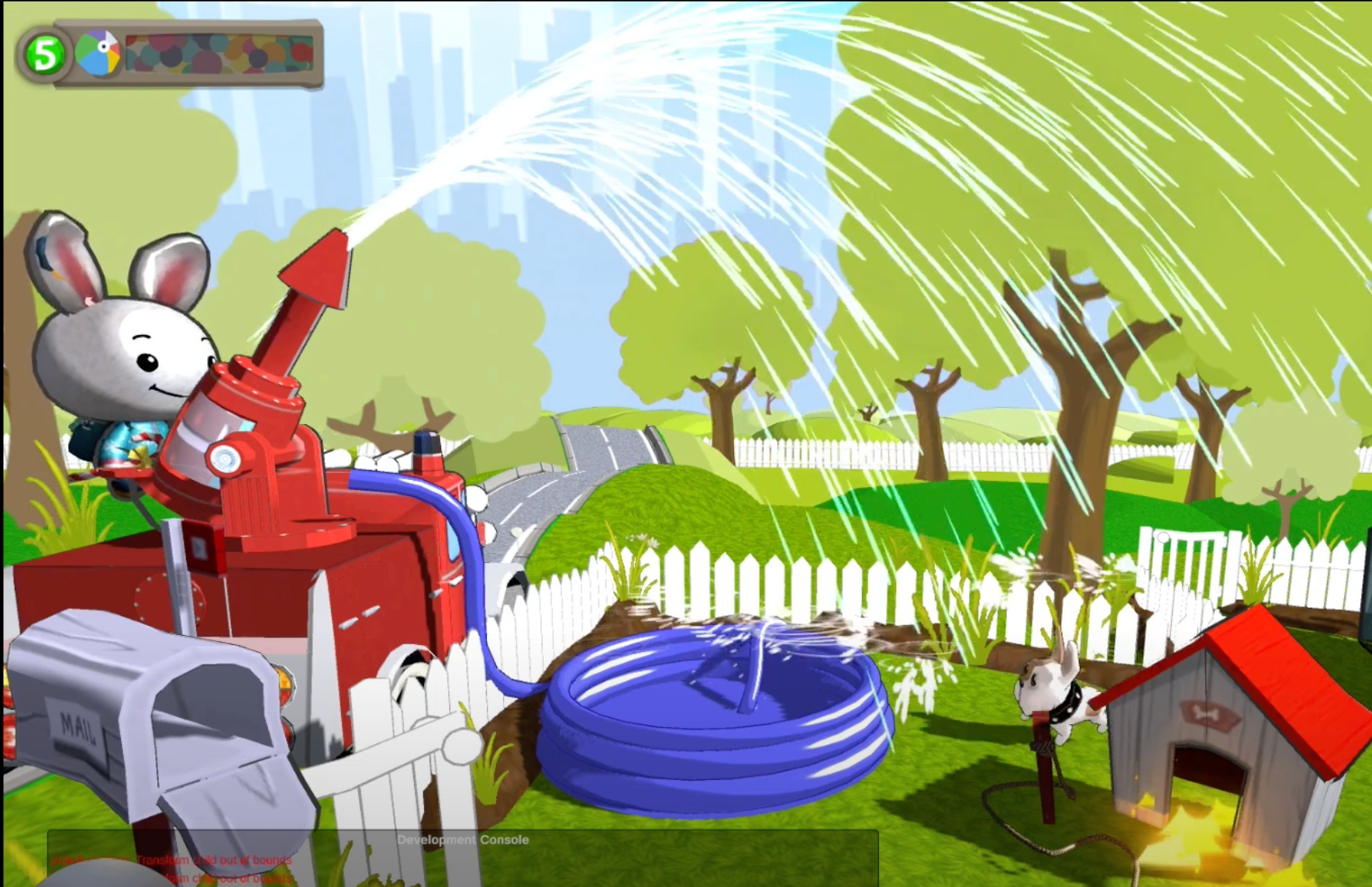Article

As a parent, watching your child struggle to breathe is one of the most frightening experiences imaginable. Asthma, a common but serious condition, affects thousands of Canadian children and millions of children around the world —and understanding it is the first step toward managing it with confidence.
What Is Asthma?
Asthma is a chronic lung condition that causes inflammation and narrowing of the airways, making it harder to breathe. Children with asthma may experience:
- Coughing
- Wheezing
- Chest tightness
- Shortness of breath
These symptoms can be triggered by allergens, viruses, exercise, or even cold air. While asthma has no cure, it can be managed effectively with the right tools and knowledge.
How Is Asthma Diagnosed?
Even if your child seems to breathe normally most of the time, asthma can still affect their lung function. A spirometry test to measure how well the lungs are working is most commonly used. This test is part of a group called Pulmonary Function Tests (PFTs).
Key Measurements in Spirometry:
Forced Vital Capacity (FVC): The total amount of air your child can exhale after taking a deep breath. It helps ensure the test is consistent and reliable.
Forced Expiratory Volume (FEV): Measures how much air is exhaled in the first 0.5, 0.75 or one second. Healthcare providers use it to assess if there are limitations in air flow which can be associated with outcomes and severity of obstruction. If this number is below 80% of what’s expected for your child’s age, it may indicate airway obstruction.
Peak Expiratory Flow (PEF): Shows how fast and forcefully your child can blow air out. It’s a good indicator of effort and lung strength.
Forced Expiratory Flow (FEF): Focuses on the middle part of the breath and is more sensitive to show issues in the smaller airways. It is also referred to as Maximum Mid-Expiratory Flow (MMEF).
FEV/FVC Ratio: This ratio compares how much air is forcefully exhaled in the first 0.5 (FEV0.5), 0.75 (FEV0.75) or one (FEV1) second compared to the total exhaled. In children, this value is typically larger due to the larger relative size of their large airways compared to their total lung volume. According to the Global Initiative for Obstructive Lung Diseases (GOLD), a ratio lower than 0.70 may be a signal of more serious lung issues and your clinician may want to monitor more closely.
Why This Matters for Your Child
Asthma is the most common chronic condition in children, and early detection and management are key. Understanding these measurements helps you and your child’s healthcare provider track progress and adjust treatment plans.
Making Lung Health Fun with Sparky™
Managing asthma doesn’t have to be scary or boring. That’s why Lung Games International Inc. created Sparky™, a cuddly digital companion that turns breathing exercises into a game. Using a handheld spirometer as a controller, kids help Sparky™ complete fun challenges—while learning proper breathing techniques and tracking their lung health.
It’s a playful way to build healthy habits and give parents peace of mind.
Want to learn more about Sparky™ or how to support your child’s lung health? Stay tuned for more tips, tools, and stories from families just like yours.
References
- Asthma - What Is Asthma? NHLBI, NIH [Online]. 2024. https://www.nhlbi.nih.gov/health/asthma [7 Oct. 2025].
- Asthma - Symptoms and causes [Online]. Mayo Clinic: [date unknown]. https://www.mayoclinic.org/diseases-conditions/asthma/symptoms-causes/syc-20369653 [7 Oct. 2025].
- What Is Asthma? [Online]. Cleveland Clinic: [date unknown]. https://my.clevelandclinic.org/health/diseases/6424-asthma [7 Oct. 2025].
- Lung Function Tests [Online]. American Lung Association: [date unknown]. https://www.lung.org/lung-health-diseases/lung-procedures-and-tests/lung-function-tests [7 Oct. 2025].
- Spirometry [Online]. American Lung Association: [date unknown]. https://www.lung.org/lung-health-diseases/lung-procedures-and-tests/spirometry [7 Oct. 2025].
- Pulmonary Function Test: Purpose, Procedure & Results [Online]. Cleveland Clinic: [date unknown]. https://my.clevelandclinic.org/health/diagnostics/17966-pulmonary-function-testing [7 Oct. 2025].
- Graham BL, Steenbruggen I, Miller MR, Barjaktarevic IZ, Cooper BG, Hall GL, Hallstrand TS, Kaminsky DA, McCarthy K, McCormack MC, Oropez CE, Rosenfeld M, Stanojevic S, Swanney MP, Thompson BR. Standardization of Spirometry 2019 Update. An Official American Thoracic Society and European Respiratory Society Technical Statement. Am J Respir Crit Care Med 200: e70–e88, 2019. doi: 10.1164/rccm.201908-1590ST.
- Nève V, Edmé J, Devos P, Deschildre A, Thumerelle C, Santos C, Methlin C, Matran M, Matran R. Spirometry in 3–5‐year‐old children with asthma. Pediatric Pulmonology 41: 735–743, 2006. doi: 10.1002/ppul.20389.
- Lazova S, Priftis S, Petrova G, Naseva E, Velikova T. MMEF25-75 may predict significant BDR and future risk of exacerbations in asthmatic children with normal baseline FEV1. Int J Physiol Pathophysiol Pharmacol 14: 33–47, 2022.
- Kwon DS, Choi YJ, Kim TH, Byun MK, Cho JH, Kim HJ, Park HJ. FEF25-75% Values in Patients with Normal Lung Function Can Predict the Development of Chronic Obstructive Pulmonary Disease. Int J Chron Obstruct Pulmon Dis 15: 2913–2921, 2020. doi: 10.2147/COPD.S261732.
- Jo YS, Kim SK, Park SJ, Um S-J, Park Y-B, Jung KS, Kim DK, Yoo KH. Longitudinal change of FEV1 and inspiratory capacity: clinical implication and relevance to exacerbation risk in patients with COPD. Int J Chron Obstruct Pulmon Dis 14: 361–369, 2019. doi: 10.2147/COPD.S189384.
- Peak expiratory flow HealthLink BC [Online]. [date unknown]. https://www.healthlinkbc.ca/healthwise/peak-expiratory-flow [2 Oct. 2025].
- Aurora P, Stocks J, Oliver C, Saunders C, Castle R, Chaziparasidis G, Bush A. Quality Control for Spirometry in Preschool Children with and without Lung Disease. Am J Respir Crit Care Med 169: 1152–1159, 2004. doi: 10.1164/rccm.200310-1453OC.
- Torén K, Schiöler L, Lindberg A, Andersson A, Behndig AF, Bergström G, Blomberg A, Caidahl K, Engvall JE, Eriksson MJ, Hamrefors V, Janson C, Kylhammar D, Lindberg E, Lindén A, Malinovschi A, Lennart Persson H, Sandelin M, Eriksson Ström J, Tanash H, Vikgren J, Johan Östgren C, Wollmer P, Sköld CM. The ratio FEV1/FVC and its association to respiratory symptoms—A Swedish general population study. Clin Physiol Funct Imaging 41: 181–191, 2021. doi: 10.1111/cpf.12684.
Gerelateerde artikelen
Gerelateerde artikelen
BLIJF OP DE HOOGTE
ONTVANG HET NIEUWSTE NIEUWS VAN PATH
Ontvang tweewekelijkse updates van de kerk en blijf op de hoogte van aankomende evenementen.
Neem contact met ons op










